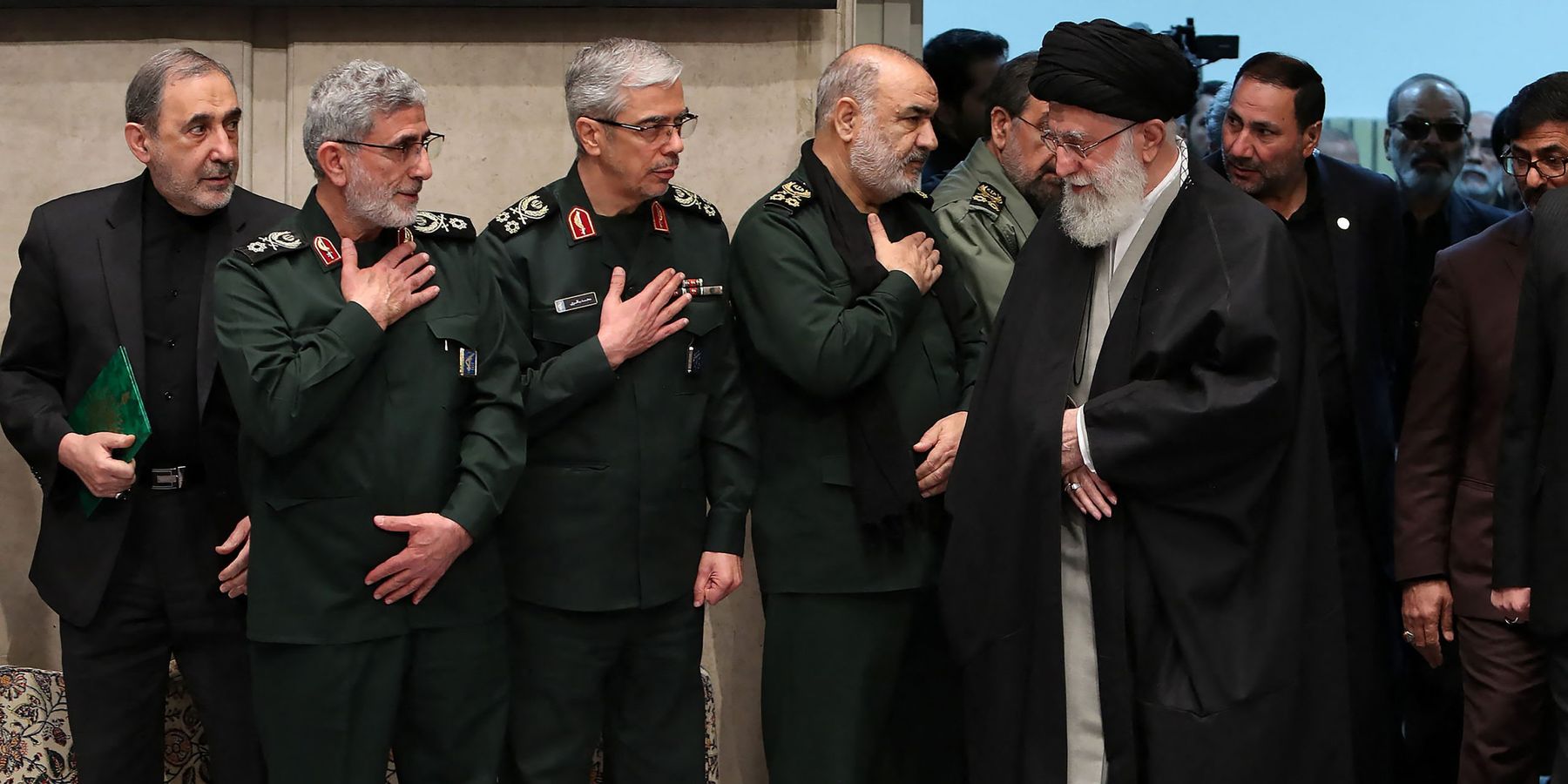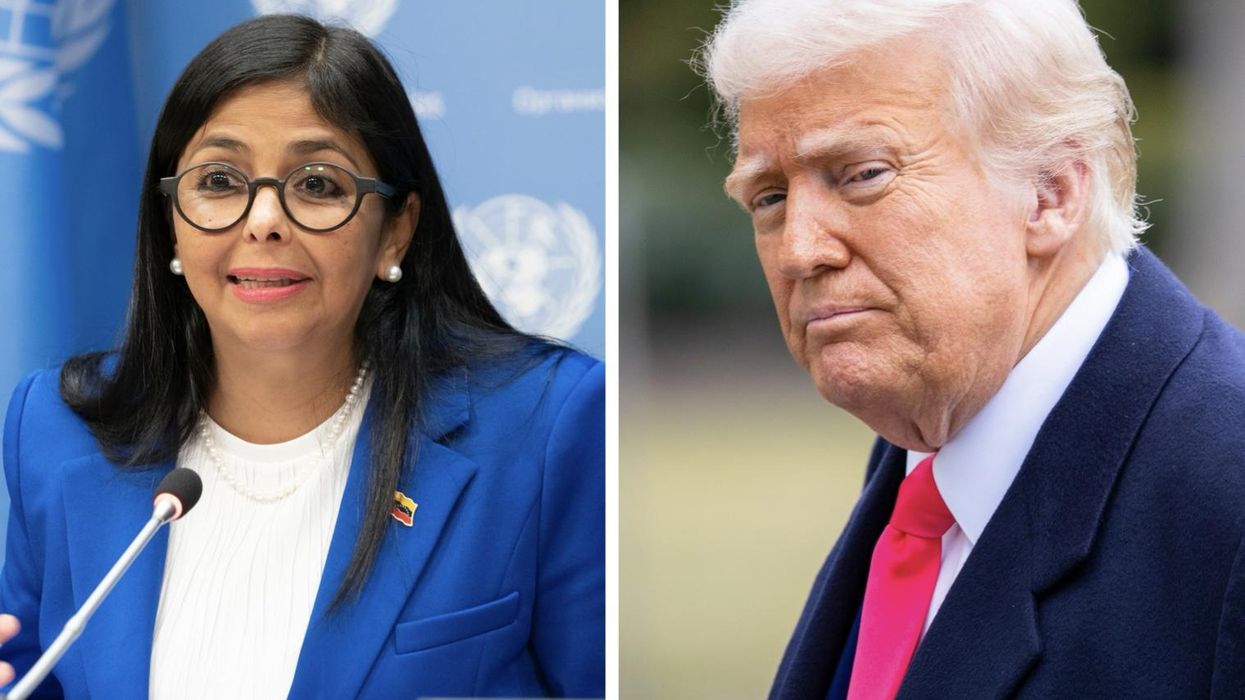Iran’s president, foreign minister, and several other high-level officials lost their lives on Sunday, when their helicopter crashed in a mountainous area in northwest Iran.
Iranian President Ebrahim Raisi was an ultra-hardliner who had been handpicked in 2021 by Supreme Leader Ayatollah Ali Khamenei to be Iran’s president. Before his election, Raisi had a long career in the judiciary and a notorious and well-documented track record for violating the human rights of the Iranian people.
Raisi played an important role in the execution of nearly 4,000 political prisoners during the summer of 1988. As Tehran Prosecutor from 1989 to 1994, he arrested and prosecuted leading nationalist-religious figures, who had played important roles in the 1979 Revolution. During the Green Movement of 2009 to 2010, when Raisi was serving as the principal deputy of the judiciary chief, he declared that the demonstrators should be executed and played an important role in the crackdown in the aftermath of the movement.
As the Prosecutor of the “Special Court for the Clergy” — an unconstitutional and extra-judicial court — from 2012, he persecuted dissident clerics opposed to Khamenei’s rule. And after demonstrations broke out in Iran in September of 2022 in the aftermath of the death of Mahsa Amini, a young woman who had lost her life while in detention, Raisi took a hard line against demonstrators.
The economic performance of the Raisi administration over the past three years has been dismal. He was not able to deliver on any of his promises, from reducing rampant inflation (estimated to hover around 50%) to building 4 million new houses for low-income people.
In foreign policy, Raisi had promised that his administration would negotiate with the United States regarding a return to the nuclear agreement, officially known as the Joint Comprehensive Plan of Action, but his hardline approach was not successful, and the negotiations stalled. Thus, aside from his hardline supporters, who make up about 10 to 15% of the population, hardly anyone will shed any tears for him.
Raisi’s death will nevertheless contribute to the complex dynamics of Iran’s internal politics, including the fierce power struggle among various conservative and moderate factions.
The most important issue facing Iran, and particularly the conservatives, is who will succeed Khamenei as the next supreme leader. He is 85 years old and has been known for years to be ill, although the Western press has at times exaggerated the extent of his illness.
In 2016, Khamenei appointed Raisi to the highly important post of Chairman of Astan Quds Razavi in Mashhad, placing him in control of the shrine of Imam Reza, Shia Islam’s 8th Imam, and its vast assets, totaling tens of billions of dollars. Many interpreted that decision as a signal that Raeisi would be a candidate for succeeding Khamenei.
The plausibility of the interpretation was strengthened when, immediately after Raisi’s appointment, senior officers from the Islamic Revolutionary Guard Corps (IRGC) visited Raisi in Mashhad, treating him as a sort of future national leader. That was the first sign that Raisi was rising among the hardliners. With the support of Khamenei and his son, Mojtaba — a shadowy figure whom many also consider as another potential successor to his father — Raisi ran in the presidential elections in 2017 but lost badly to former President Hasan Rouhani.
Raisi’s main base of support was in the Jebheh Paydari Enghelab-e Eslami (JPEE) [the Front of Stability of Islamic Revolution], who are followers of the reactionary and hardline cleric Mohammad Taghi Mesbah Yazdi (1935-2021). Although they have always professed their loyalty to Khamenei, over the past several years fissures have emerged between the JPEE and those who are close to the beit-e rahbari – the office of the supreme leader – and Mojtaba Khamenei, who plays a key role in it.
These fissures became more transparent in the most recent elections for the Majles (Iran’s parliament), held in March of this year, when the younger Khamenei’s father-in-law, who is close to the supreme leader, criticized the JPEE, as did some of the mouthpieces of the IRGC.
The recent Majles elections were held simultaneously with those for the Assembly of Experts, a constitutional body whose most important task is to elect the new supreme leader. By vetting the candidates, the hardliners prevented moderate clerics, such as Rouhani, from running in those elections. This set the stage for a succession showdown between various hardline factions, namely, supporters of Mojtaba Khamenei, Raisi, and perhaps a dark horse candidate like Gholam-Hossein Mohseni Eje’i, the hardline judiciary chief who recently criticized Raisi implicitly over economic corruption.
Some in Iran believe that helping Raisi to become Iran’s President was in fact a trap set for him by the younger Khamenei to showcase Raisi’s incompetence. Indeed, the dismal performance of Iran’s economy under Raisi — coupled with his administration’s poor planning and rampant corruption — would have severely complicated his chances of becoming supreme leader.
According to the Islamic Republic’s constitution, national elections should be held to elect the next president within 50 days of Raisi’s death.
Only 30 to 40% of eligible voters participated in the recent Majles elections, a low turnout that has alarmed many, even among the regime’s supporters, since the ruling elite had always interpreted the high turnout of voters in the past national elections as a sign of legitimacy of its political system. The question is, will Khamenei use the opportunity of Raisi’s death to allow for more open elections with the hope of shoring up his regime’s legitimacy?
In addition, given Raisi’s deep unpopularity among the masses, his funeral and the upcoming elections may provide an opportunity for the Iranian people to once again demonstrate their frustrations with the terrible state of the economy, as well as social and political repression.
Given that the most important reason for Raisi’s rise to the presidency was his loyalty to Khamenei, who will be the latter’s candidate in the upcoming elections? There is no shortage of candidates among the hardliners, but none can advance without Khamenei’s support, and it is not yet clear who will have his backing.
Finally, how will Raisi’s death affect the question of a successor to Khamenei? Will new candidates emerge? Will Raisi’s death lead to the possibility of a more moderate successor to Khamenei? What will be the role of the IRGC in selecting the successor?
Given Iran’s complex political dynamics, these are not easy questions to address. But, particularly at a time when the war in Gaza is continuing and Iran’s shadowy war with Israel has come into the open, there is no question that what happens in Iran will have repercussions for the entire Middle East.
- Iran's risky bid to redefine deterrence with Israel ›
- Mass disqualifications set the stage for Iran’s presidential election ›
















